My Personal Sexual Harassment & Groping Score: What’s Yours?
All this talk of groping and forced kissing got me thinking. What’s my count of unwanted sexual encroachment? What’s yours?
I consider myself a woman who has not been sexually assaulted. Not in the ‘classic’ sense of being raped or sodomized. I wasn’t incested nor have I experienced date rape. And yet, as the cultural conversation turns to the topics of harassment, groping and unwanted kissing, I started to think about my list of negative sexual experiences that do actually constitute sexual assault. My list was surprisingly (and yet not surprisingly) long. My first unwanted experience was with the milkman (yes, in the old days when someone delivered milk to your door!). I was seven and he grabbed me and tongue-kissed me! While it never occurred to me to tell my parents, I did have the good sense to never go near him again. In fact, one day my whole family visited him at his farm and I distinctly remember being very careful to not be alone with him all the entire day despite his efforts to ‘show me the hayloft.’
I’m not counting any of the incidents that occurred in my sexual explorations with boys and men because I was freely participating (albeit from a sometimes ambivalent place).
Next stop: I moved to New York City right after high school. I was an innocent (in the ways of the street, at least) young ‘hottie’ roaming the wilds of New Yawk, dressed in my artsy thrift-shop vintage slutwear.
There I had a variety of unpleasant, infuriating and sometimes scary experiences.
The first shocker was the catcalls and commentary from men on the street. No one in the suburbs where I grew up had ever screamed lewd remarks about my boobs, described the things they wanted to do to me or the ways in which I could be of service to them. At first, I shot back nasty comments and put-downs, but that just seemed to fire them up to assault me with nastier words, including, of course what a bitch I was for not swooning at their feet or dropping to my knees. I soon learned that ignoring them and swallowing my rage was a safer approach and likely to end the verbal assaults more quickly.
There was the creepy guy who followed me on the street muttering about all the things he wanted to do to me. There was the silent hoodie guy who followed me out of the subway at the mostly deserted hour of 5 AM and stalked me through the streets. Both times, being in neighborhoods I knew, I headed for an open deli, went in and told the men working there that a creepy guy was following me and got their support and protection until the predator went away.
I was groped on the subway a number of times in the rush-hour packed car, unable to know where the offending hand was coming from. I saw several flashers and a few causal subway masturbators.
There was the guy on the street who grabbed my ass. I spun around and kicked him the kneecap with my pointy-toed boot. My friend was worried that he was going to knife me or shoot me, but I was still young enough to feel invulnerable and pissed-off enough to want to hurt him. So I did.
And then there were the clubs and bars. Another guy grabbed my ass and got kicked in the kneecap, too. There was the man who grabbed me from behind while I was dancing—he got an elbow in his solar plexus. The next one grabbed me on the dance floor (a stomp on his instep for that one). The one who glommed onto my girlfriend got my fist to his solar plexus … and so on and on and on. I guess I’m lucky that none of them hit back, stabbed me or shot me.
I believe my impulse to hit back came from having an older brother. As little kids we sometimes fought, winding up rolling on the floor in an all-out brawl. He was older and bigger, but I fought back with whatever I could. I fought ‘dirty’ when I needed to, kicking, punching, pulling hair and even biting when he was overpowering me. I’m grateful that I learned to fight back—and also grateful that my fighting back against the gropers never got me injured. Again, I now realize how lucky I was.
Don’t forget the landlord, who after fixing my toilet grabbed me and laid a slobbery gross tongue-kiss on my unsuspecting mouth. He was a big strong guy and I was a small woman, alone in my apartment. So rather than hit back, I threatened to tell his wife if he ever did anything like that again. (That definitely scared him!) I still made sure never to be alone with again.
As far as bosses or co-workers, I was very lucky to never have a predatory guy at a job, but then again, I’ve been in business for myself for most of my work life. So, while I can certainly be a bitch to myself, I never created a self-hostile workplace vibe.
So, to add up my creepy guy score: Gropers: A dozen or more. Flashers and public masturbators: Five or six, as near I can recall. Unwanted kissing (plus extra points for the first guy because I was a child): Two. Overall, my physical harassment score is over twenty.
If I were to include all the men who cat-called me on the street, the count would soar. That number seems endless, a multitude of rude aggressive harassment from countless men.
In sum, I’ve encountered lots and lots of sex-related boundary violations. Fortunately, they were mostly relatively minor. I consider myself blessed to have been spared more aggressive and invasive sexual assault. I don’t believe my experience is unusual. As a midwife and gynecology provider for over twenty years and as a sexuality educator for 17 years, I am well aware of how often women are violated.
But as I ponder my own, relatively benign history, I have to reassess my earlier statement that I haven’t experienced sexual assault. While the violations were ‘minor,’ the effects on me were not. I have lived, as I think most women do, in a culture that has made it necessary for me to be on alert every time I walk out my door. A culture where the so-called ‘locker room’ has potentially invaded every space and created a need to be vigilant in an environment that feels unsafe.
Has the time finally come where a culture that creates such a hostile and threatening environment for women will no longer be tolerated?
As I pondered these issues and I started counting, I recalled more and more incidents that qualified as sexual assault and harassment. The final score: hundreds of men.
That got me to thinking, inspired me to write this post and has me wondering: how long is your list, especially once you include the full range of ways you’ve been can violated, trespassed and harassed? What’s your score?
When will the time come when, as women and as a culture, we decide that any number is unacceptable. Are we arriving at the time when we’ve finally had enough?

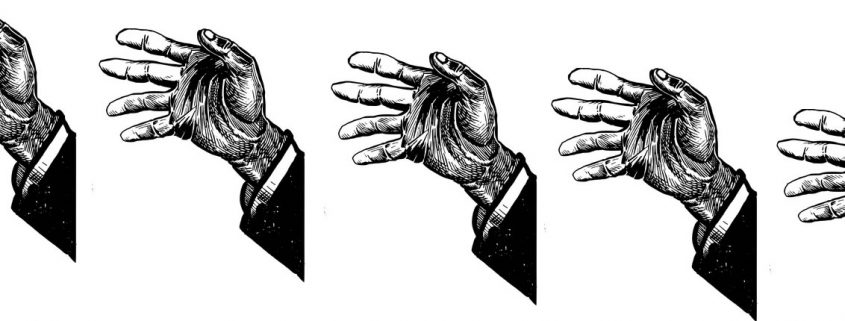



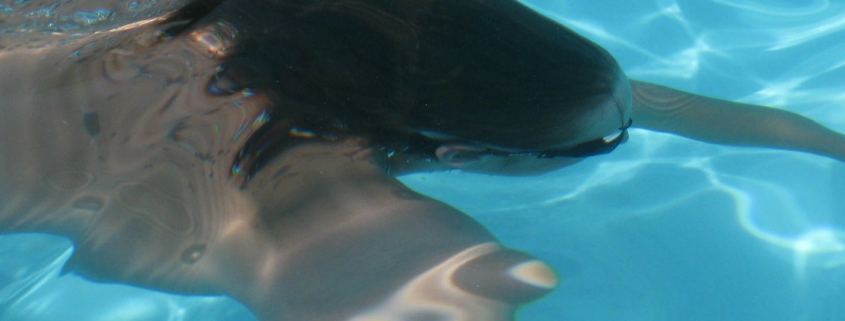



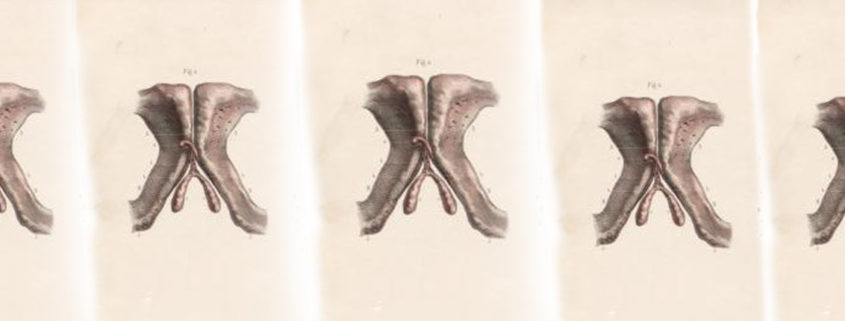

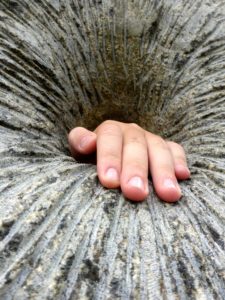
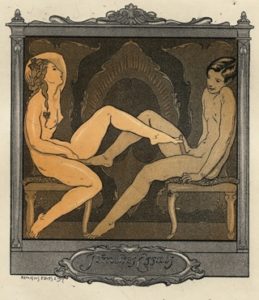

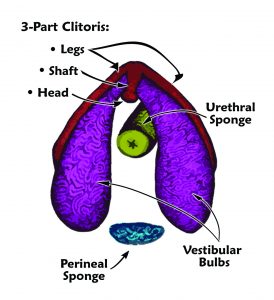
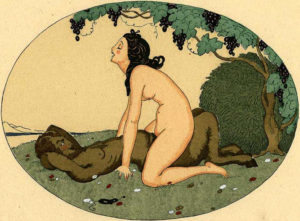


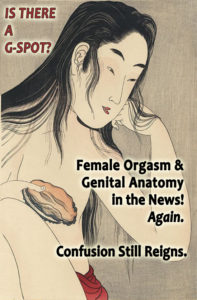

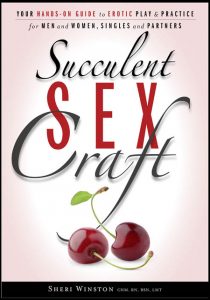
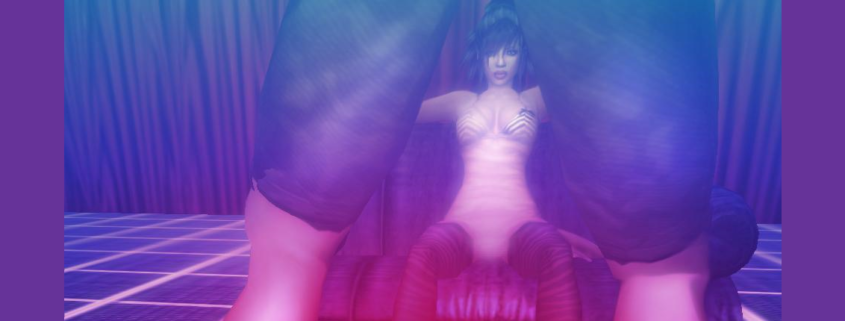
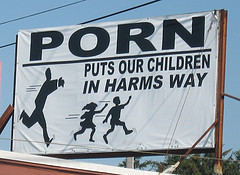

 Your neocortex is the executive headquarters of your brain, perched in the penthouse at the front of your skull. This is not where sex takes place. Sexuality is primarily a function of the older, more primitive parts of our brain. Sexual energy is animal energy and our animal selves live in the limbic system and old brain. Sex taps into ancient evolutionary machinery that resides, so to speak, in the cranial basement. You need to go down the brain elevator if you want to really get down sexually.
Your neocortex is the executive headquarters of your brain, perched in the penthouse at the front of your skull. This is not where sex takes place. Sexuality is primarily a function of the older, more primitive parts of our brain. Sexual energy is animal energy and our animal selves live in the limbic system and old brain. Sex taps into ancient evolutionary machinery that resides, so to speak, in the cranial basement. You need to go down the brain elevator if you want to really get down sexually.
 It’s not fair to women to put out
It’s not fair to women to put out 
 I love that Huff Post is showing “
I love that Huff Post is showing “
